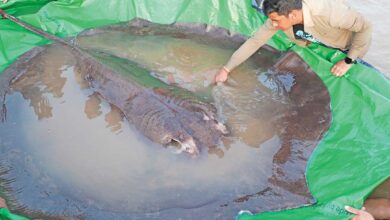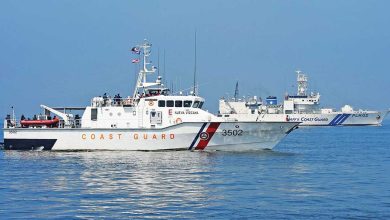Americas: Populating the New World

Native American ancestors reached the New World in a single, initial migration from Siberia almost 23,000 years ago, only later differentiating into today’s distinct groups, DNA research has revealed.
Most scientists agree the Americas were peopled by forefathers who crossed the Bering land and ice bridge that connected modern-day Russia and Alaska in Earth’s last glacial period.
Humans were already present in the Americas 15,000 years ago, other archaeological finds reveal; however, many questions remained. When did the migration take place? In one or several waves? And how long did these early pioneers spend in Beringia — the then-raised land area between Asia and America?
New analysis of Native American and Siberian DNA, present-day and ancient, is filling in the blanks.
A University of Copenhagen study found there was only one initial migration, no more than 23,000 years ago.
This ancestral pool split into two main branches about 13,000 years ago, coinciding with glacier melt and the opening of routes into the North American interior, researchers found.
These became the groups that anthropologists refer to as Amerindians (American Indians) and Athabascans (a native Alaskan people). Previous research had suggested that Amerindian and Athabascan ancestors had crossed the strait independently. Agence France-Presse




